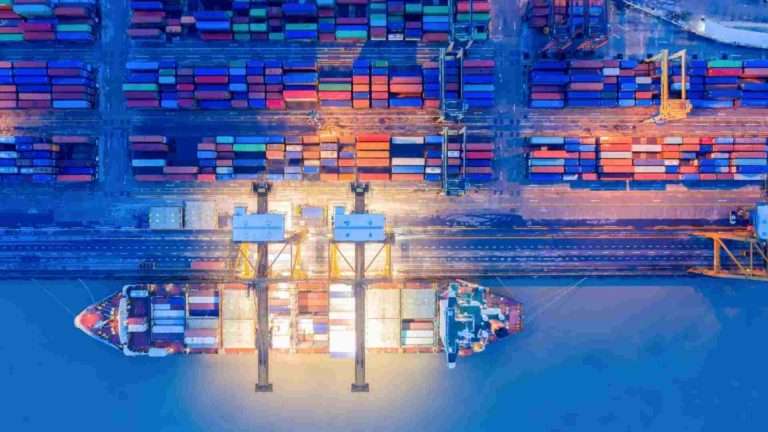
Building Resilience in Supply Chains
Global supply chains are incredibly intricate, spanning continents and oceans. However, they are not without their challenges, including disruptions caused by natural disasters, global crises, and unforeseen events. In this article, we explore the strategies that logistics professionals employ to mitigate these risks and maintain resilient supply chains.
Diverse Sourcing for Risk Mitigation
Relying on a single source for critical components or materials can be risky. Logistics professionals often employ a diverse sourcing strategy:
Supplier Diversification: Working with multiple suppliers for essential components reduces the risk of disruption if one supplier encounters issues.
Geographic Diversity: Sourcing from suppliers in different geographic locations can help mitigate the impact of localized disruptions.
Safety Stock: Maintaining safety stock of critical components ensures continuity in the event of supply interruptions.
Inventory Buffering for Contingencies
Building inventory buffers is a common tactic to address supply chain disruptions:
Safety Stock: Having extra inventory on hand can bridge the gap during unforeseen delays or supply shortages.
Demand Forecasting: Advanced forecasting techniques help in maintaining just-in-time inventory levels, reducing excess stock while ensuring availability.
Digital Visibility for Rapid Response
Real-time visibility into the supply chain is invaluable for responding swiftly to disruptions:
Supply Chain Visibility Tools: Advanced software and data analytics provide insights into every stage of the supply chain, enabling proactive decision-making.
Risk Assessment: Identifying potential risks and vulnerabilities in the supply chain allows for preventive actions and risk mitigation strategies.
Collaboration and Communication
Effective communication and collaboration within the supply chain network are essential:
Supplier Collaboration: Building strong relationships with suppliers fosters open communication and mutual support during disruptions.
Crisis Response Plans: Developing and rehearsing crisis response plans helps the supply chain team react quickly in the event of a disruption.
In conclusion, supply chain disruptions are inevitable, but they can be managed and mitigated through strategic planning, diversification, digital visibility, and collaborative efforts. Logistics professionals are continually adapting and improving their strategies to ensure the resilience of global supply chains in the face of uncertainty.







